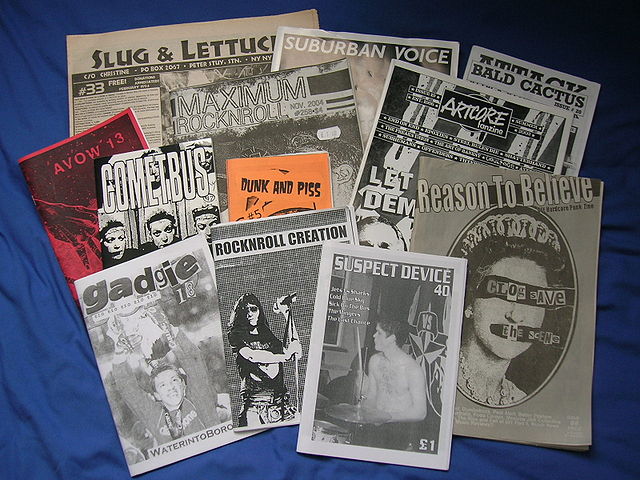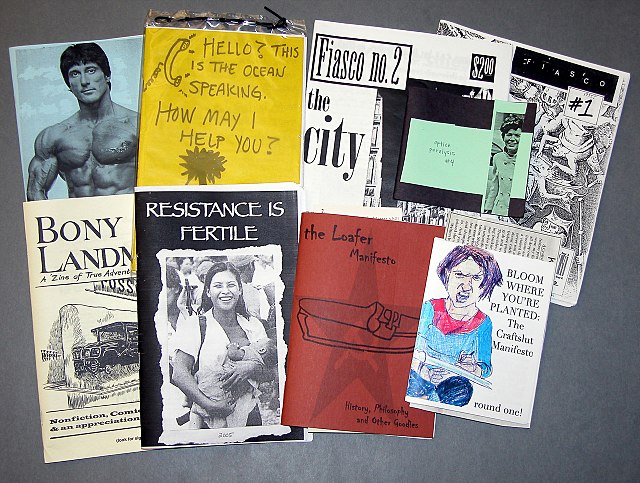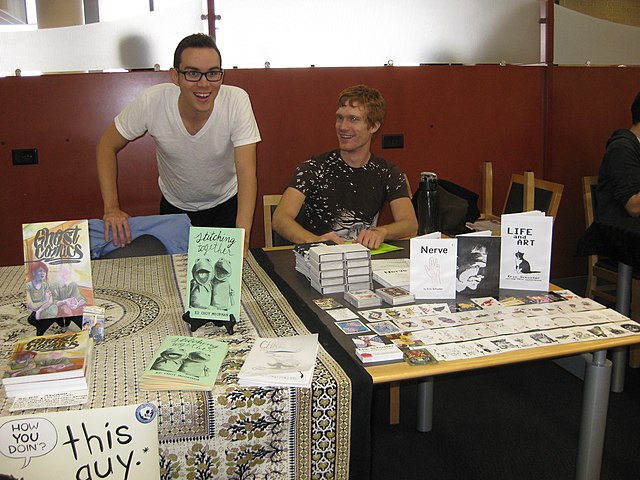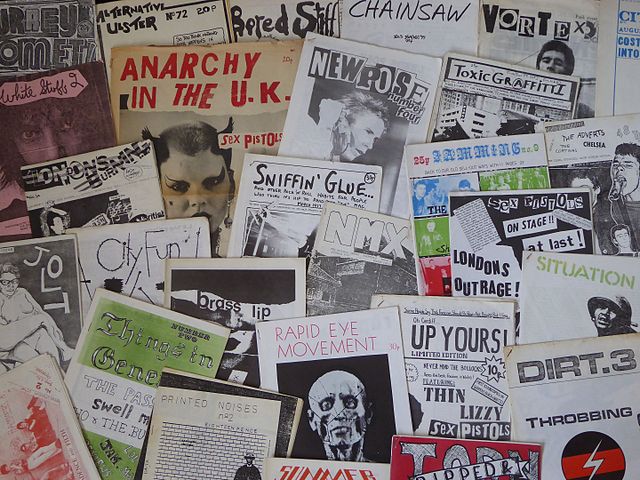If you’re interested enough in WKNC to peruse our website, then you probably know what a zine is.
If you don’t, that’s fine.
A lot of people, including those who make zines, find them difficult to define.
It’s part of what makes them cool.

Zines are essentially handmade publications — zine is short for fanzine — created and disseminated by members of an underground subculture.
Despite their lack of official publication, zines were — and still are — vital tools within subcultural spaces.
Expressions of creativity, ethos and ideology, zines strengthen the foundations of resistance and community amid broader sociopolitical contexts.
The History
Zines can be traced to the early ’60s, where their subject matter centered on social and political activism.
By the ’70s, however, zines took on a starkly punk slant.

“Sniffin’ Glue”
Mark Perry’s zine, “Sniffin’ Glue,” was released July 1976.
Inspired by the Ramones song “Now I Wanna Sniff Some Glue,” Perry devised and released the zine just days after seeing the band live in London.
Created with simple on-hand tools, “Sniffin’ Glue” embodied punk’s D.I.Y. ethos.
The zine’s cut-and-paste graphics, rugged handwriting and unpolished doodles left every page imbued with youthful vigor and punk-rock passion.
Perry’s achievement was to unite for a brief time all the tensions — between art and commerce, between avant-garde aesthetics and social realist politics — that eventually tore punk apart, and write them out in a sharp mix of emotion and intention that still makes his words fresh
J. Savage, “Sniffin’ Glue: The Essential Punk Accessory,” Mojo No. 81 August, 2000, p. 129.
Soon after the zine’s release, droves of inspired punks took to their photocopiers to take advantage of an exciting new mode of self-expression.
The resulting metamorphosis of the fanzine medium facilitated a massive creative movement.
“Chainsaw” zine, produced by Charlie Chainsaw, arose from his personal desire to distinguish his work from the “‘Sniffin’ Glue’ ‘look-a-likes’.”
Other creatives followed suit, experimenting with different materials and styles.
Zine-making as a practice transformed.
Final Thoughts
Zines are still an important part of subculture today.
Walk into any record store or trendy downtown shop and you’ll likely see zines for sale in a multitude of colors and styles.

The best thing about zines, and perhaps what zine-makers find most rewarding about the practice, is its freedom from stricture.
Essentially, the only rule is that there aren’t any rules.
If you’re interested in exploring some contemporary zines, consider browsing WKNC’s collection here.
Additional Reading
- “Scissors and Glue: Punk Fanzines and the Creation of a DIY Aesthetic.”
- British Library – “Punk Fanzine: Sniffin’ glue”

